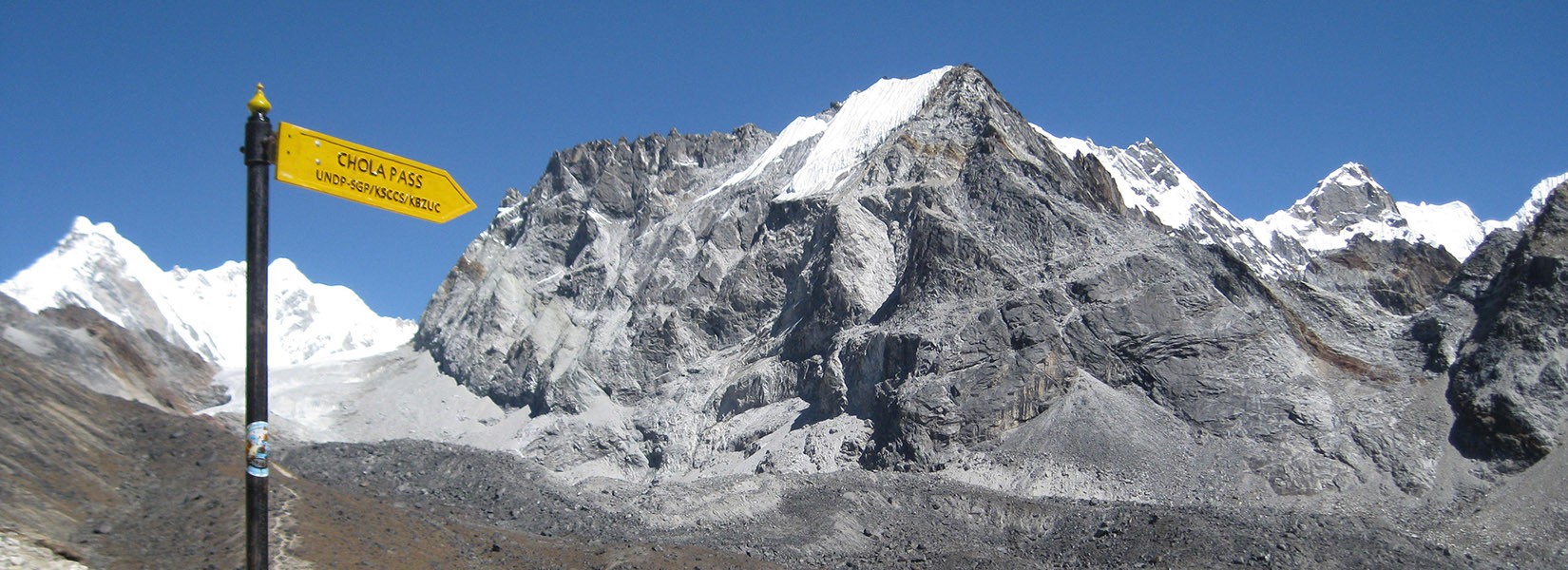About Everest Gokyo Cho la Pass Trek
The Gokyo Cho La Pass Trek is a longer version of the Everest Base Camp Trek, and that's an overflowing journey that carries you across Nepal's challenging Himalayan paths. Together with the excitement of passing Chola Pass (5,300m), you'll be welcomed with the picturesque scenery of Mount Everest. In the Himalayas, you would also get the opportunities to study Sherpa culture, unique customs, and remarkable lifestyle.
Gokyo leads across the Cho La Pass, amongst the most significant challenges of the route, whereas this base camp is positioned on the principal EBC route. It's indeed, indeed, stunningly magnificent, with mountains like as Ama Dablam, Mt. Everest, Nuptse, and Gokyo Ri glittering in the backdrop.
Air travel to and from Lukla allows you to spend a lot of time as possible in the Himalayas. Acclimatization is important, that can be done at the iconic Namche Bazaar, following that you may take a short but hard hike to Syangboche for your first nearby view of Mount Everest, Lhotse, Ama Dablam, and then Thamserku.
You may also go to Khumjung Village and the Khumjung Hillary School, which was constructed by Sir Edmund Hillary to educate the Sherpa inhabitants. This hike carries you through Rhododendron as well as Pine forests, through chortens with waving prayer flags, across a waterfall, and through high pasturelands.
After your journey to Gokyo Valley, you'll proceed to Gokyo Ri, called Gokyo Peak, at 5357m, to take in the breathtaking Mountainous views. The view of the Ngozumba glacier, Nepal's greatest glacier, and indeed the Gokyo 5 lakes, in addition to the Himalayan panorama, is exquisite. Afterward, via Dole, Namche, Phakding, you hike all the way to the bottom to Lukla.
Usually, this is one of the tough treks in Everest reason so spring and autumn are the main two seasons where visitors can visit and explore the Everest region.
Some other recommended trekking routes in this region are Pikey Peak Trek, Everest Gokyo Ri Trek, Everest Base Camp Trek via Jeep/Bus.


